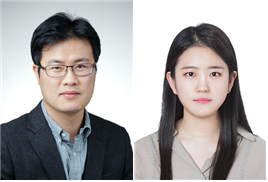
Professor Taeil KIM’s research team (Dept. of Chemical Engineering) announced that they discovered a radiant heat film for the next generation stretchable display. The research team developed a filmthat can maintain high level of heat conduction by arraying boron nitride particles in micro pyramid structure.
In order to extend the life of an electronic device, the heat must be controlled. The latest electronic devices create too much heat due to high performance, miniaturization and intensive integration. The heating problem has always been a problem hindering the development of the stretchable display.
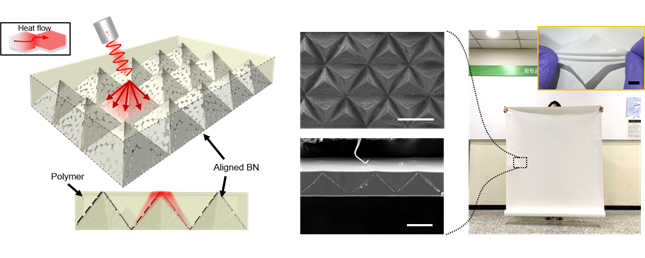
[Figure 1] the structure of the film (left), prototype (right)
The circuit board of a stretchable device is made out of high molecular material with low thermal conduction. Due to the physical limitation of the polymer material, the radiant heat issue in a flexible device was hard to solve.
The research team proved that by arraying the boron nitride nanoparticle of the film in a pyramid structure, the heat can rapidly transmit in vertical (1.15W/mK) and horizontal (11.05W/mK) direction. The pyramid structure not only improves the heat conductivity but also brings mechanic stabilization of the film to maintain conductivity even when there is an external force on the film.
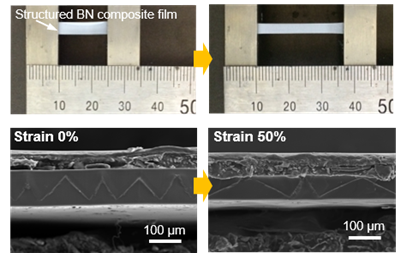
[Figure 2] Proved that desquamation does not occur even with external force but pulling the stretchable film by 50%
Furthermore, it can be produced in large-scale because it only uses simple processes such as bar coating process. This research proved that the performance of electronic device can be improved with the efficient heat dissipation of MOSFET.
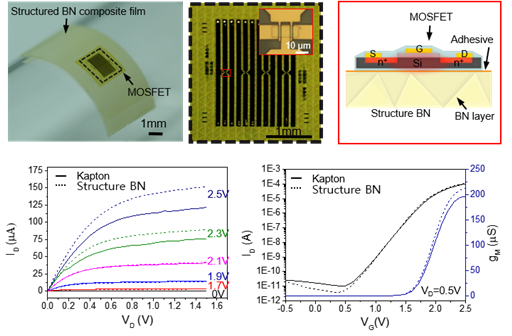
[Figure 3] comparing the performance before and after using MOSDFET as the board for the film
The lead author of the research paper Hyerin HONG said, “The result of this research can be applied for electronic devices.” Professor Taeil KIM said, “This research will also lead to application in micro LED and various mobile devices.”
This research was conducted with the support of Nano convergence 2020 research team and it has been published on “Advanced Functional Materials” (IF 13.325).
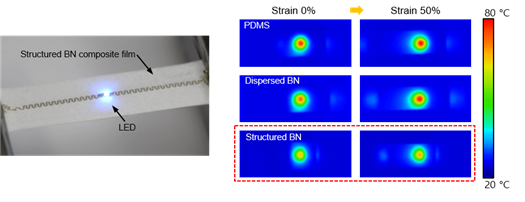
[Figure 4] Comparing the temperature of different films















